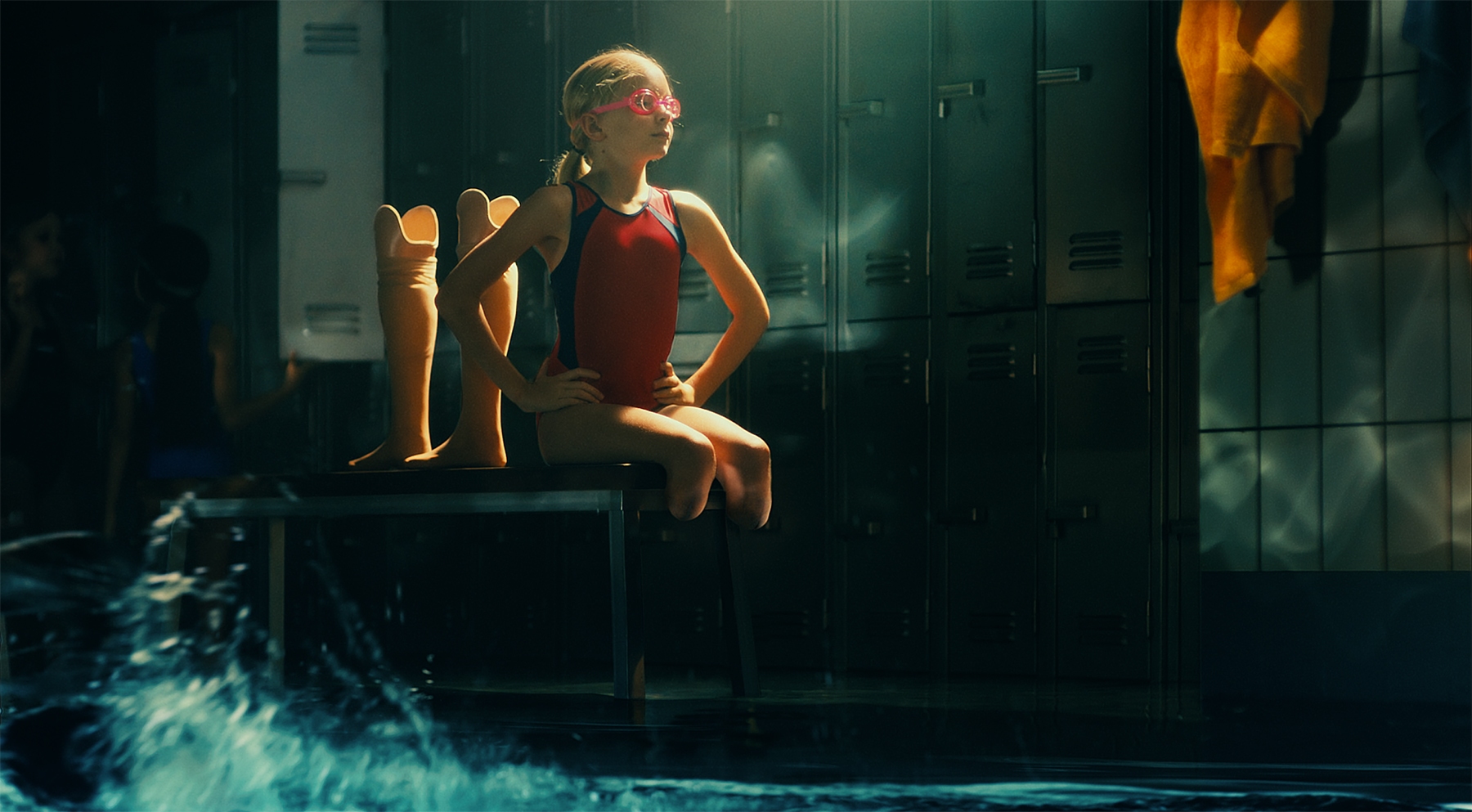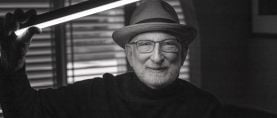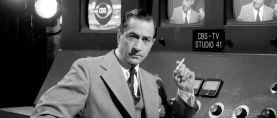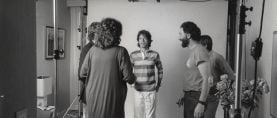
Looking to the Future
Many members of the ASC, whether new or established, are cinematographers of TV commercials.
The most difficult task or an ASC president is the sending of In Memoriam notices. In the past year, the pandemic and other afflictions took many members of the ASC. We sent notices for Michael Chapman, Allen Daviau, Gerald Feil, Robert Liu, John Hora, Judy Irola, Gary Kibbe, Isidore Mankofsky, Giuseppe Rotunno and Peter Sova. As this is written, on April 1, I have no idea what the status of the pandemic will be as you are reading this. I hope we are all — in every country — in a better place. It is important to remember to honor those lost in this year. We would want as much for ourselves: to not be forgotten in the chaos of this time. In this May issue alone we remember two of our deceased members.

Looking to the future, we also have articles about new members and the distinctive qualities and concerns of the younger generation of cinematographers. Many members of the ASC, whether new or established, are cinematographers of TV commercials. (In this time, I guess there is a better name for the category than TV commercial. After all, what is TV? If The Queen’s Gambit is watched on a cellphone, is it TV?) In any event, we all know what a TV commercial is, and in this issue our members discuss their approaches to a form that is often art.
This is all the more remarkable, because the best commercials are narratives that have just seconds to draw the viewer in and engage their emotions. How many of us did not feel our eyes moisten watching the 60-second Super Bowl commercial that Paul Meyers, ASC shot for Toyota about the story of Jessica Long, who had both legs amputated but went on to become a Paralympic champion? I think it’s fair to say that the image from that commercial, shown on this page, is as evocative and intriguing as any narrative dramatic image. Paul has been a regular contributor to the ASC Master Classes, and is a master communicator in front of and behind the camera.
Young cinematographers are often advised to have parallel careers, doing TV commercials as well as narrative work. This is good advice, as you will see in these pages: the experimentation and the effort to make extraordinary images in a short form informs a cinematographer’s work in a long form. At its very best, it can even move us to the point of tears.
Stephen Lighthill
President, ASC








